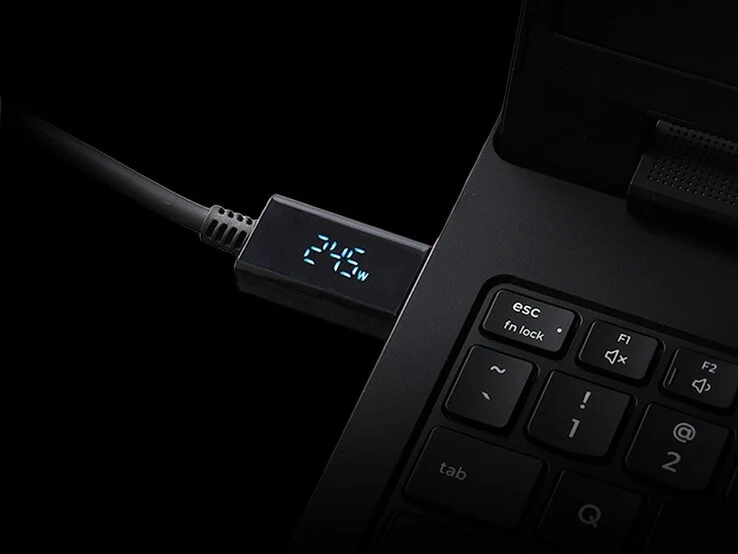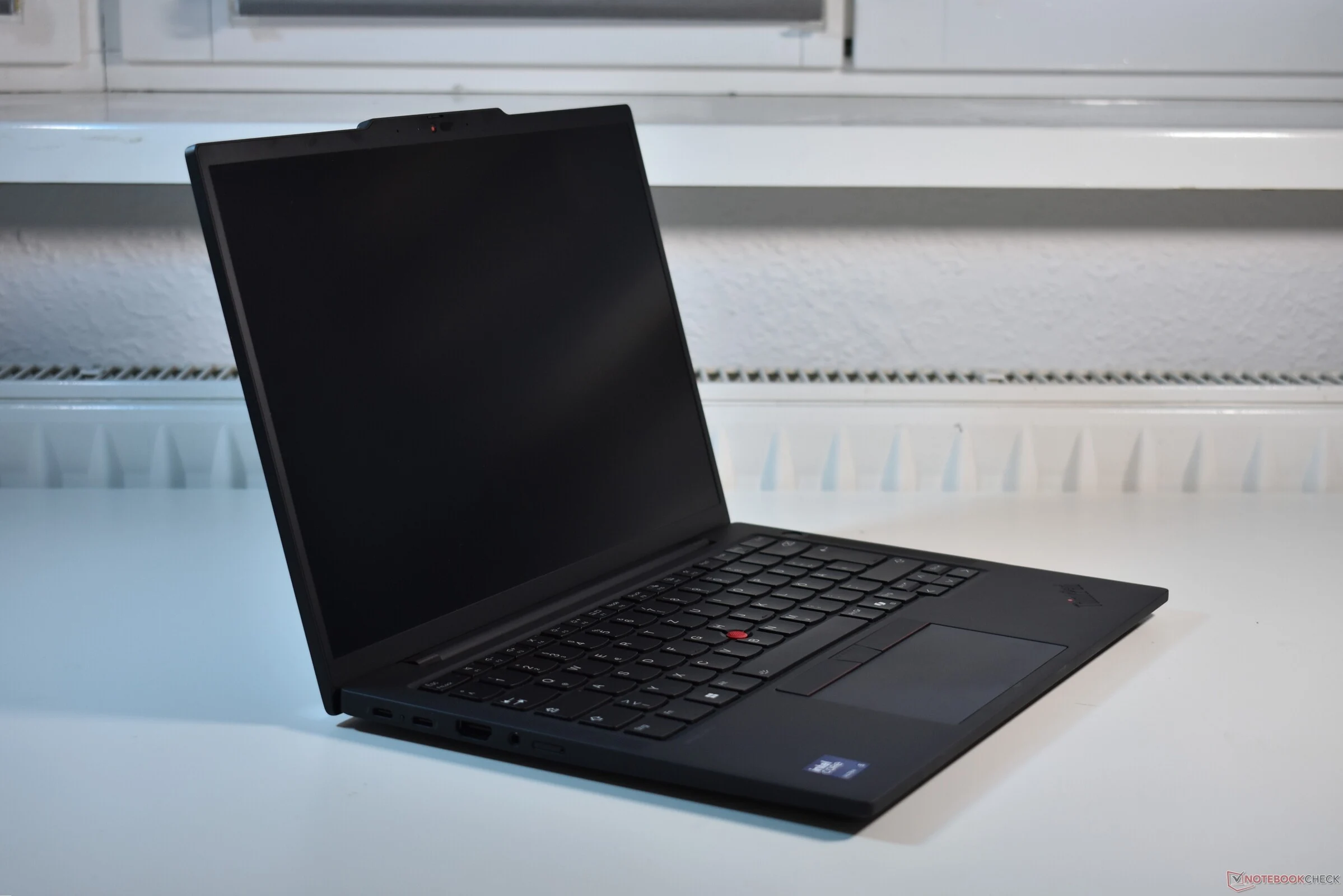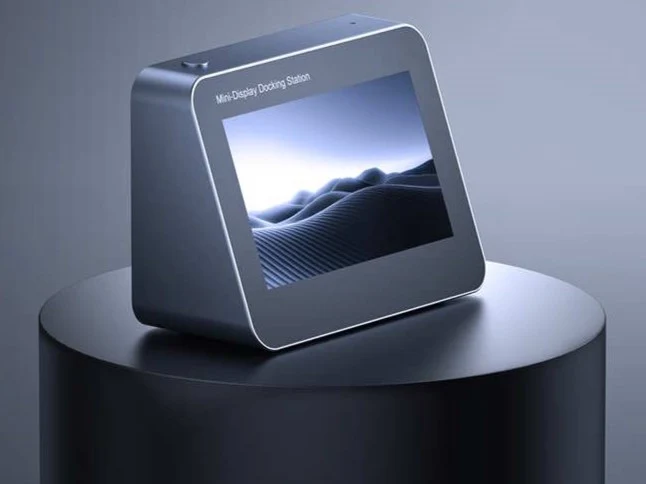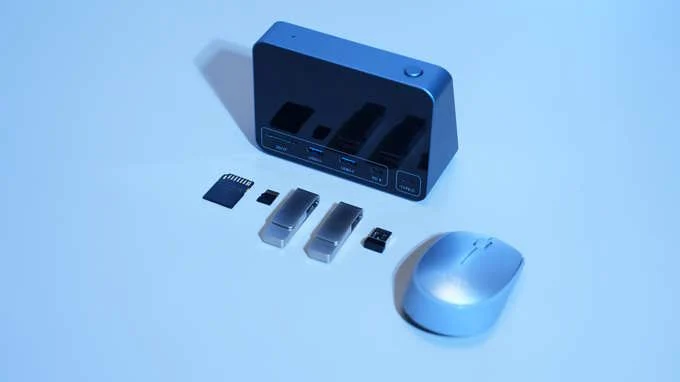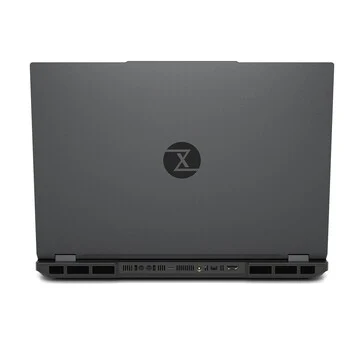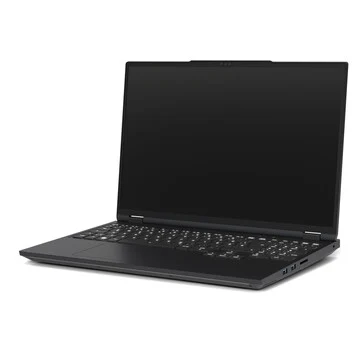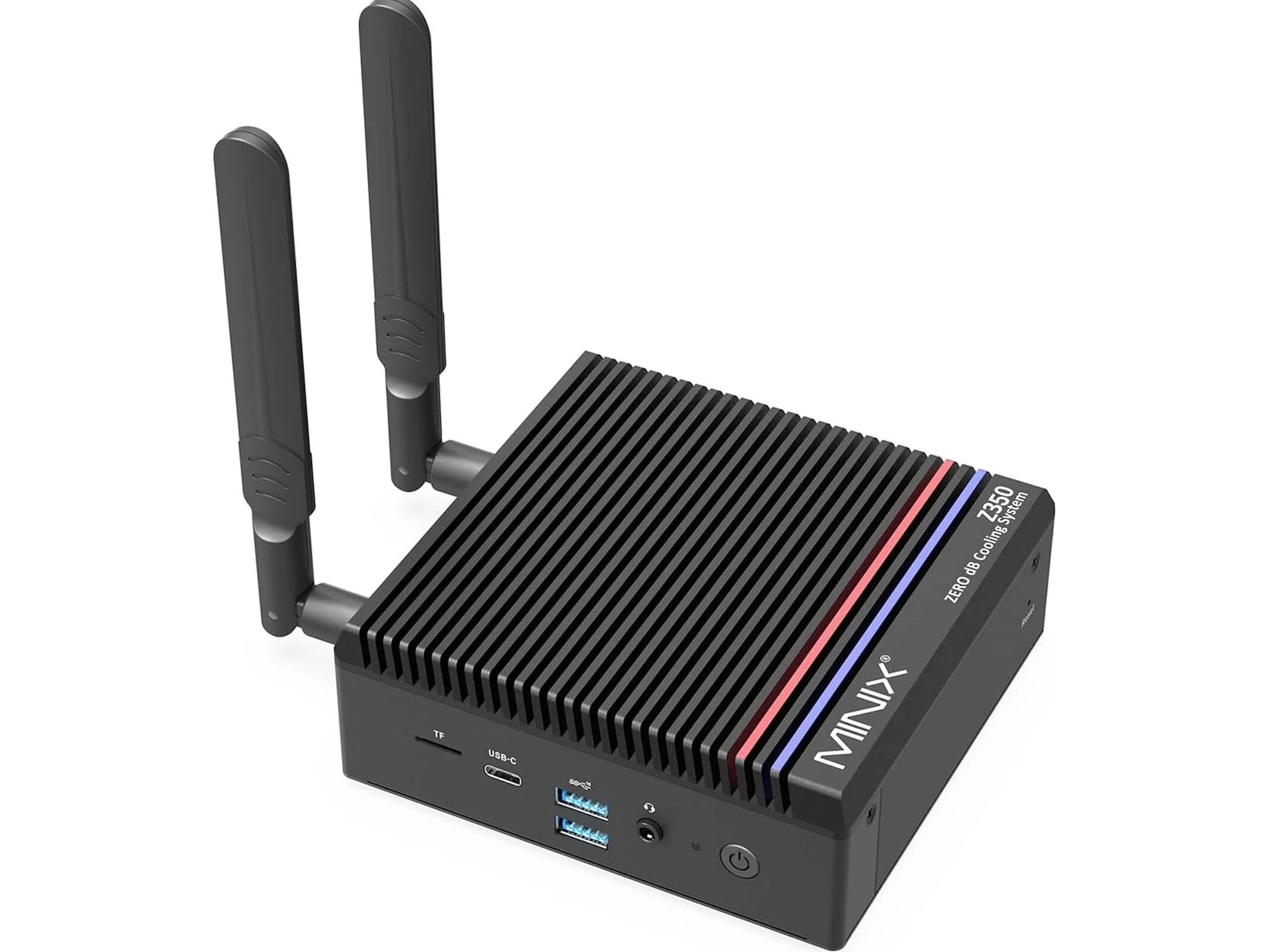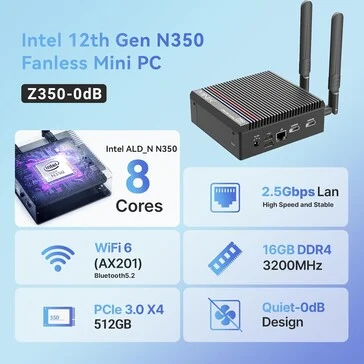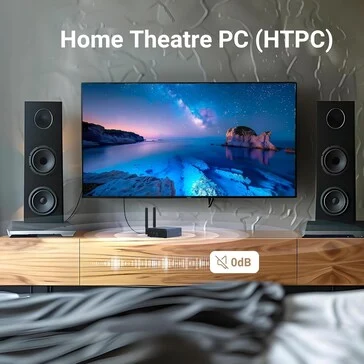Key Takeaways
1. Lenovo has launched the C245 charging brick in China, which is 30% smaller than standard laptop chargers with the same power output.
2. The charger supports fast charging up to 245 W and is designed specifically for Lenovo laptops, featuring a built-in cable with a special Slim connector.
3. The Slim connector includes a display that shows the power output, ensuring laptops can operate in performance mode.
4. The C245 charger uses Legion GaN 5.0 technology for stable charging and includes a cable management strap for portability.
5. Priced at CNY 359 (approximately $50), there is no current information on its international availability, but previous models were available on AliExpress soon after the China release.
Lenovo has introduced a new charging brick in China, known as the C245. This device is essentially an improved version of the Legion C170 that the company offers. It boasts a sleek design, with Lenovo claiming it is 30% smaller than standard laptop chargers that have the same power output.
Fast Charging Capabilities
This new Lenovo Legion GaN charger supports fast charging up to 245 W. However, since it comes with a built-in cable that features a special Slim connector, it’s clear that this charging brick is intended solely for Lenovo laptops. This differentiates it from previous C-series charging bricks.
Innovative Features
Regarding the Slim connector, it includes a display that shows the precise power output from the GaN charger. Lenovo emphasizes that the maximum power rating is sufficient to enable compatible laptops to operate in performance mode. The new Legion C245 charger also incorporates Legion GaN 5.0 technology, which guarantees stable charging. The built-in cable is crafted from high-quality materials and includes shielding for safe charging. Additionally, there’s a cable management strap that enhances the portability of the charging accessory.
Pricing Information
In terms of pricing, the Lenovo Legion C245 charger is launched at CNY 359, which translates to roughly $50. There is currently no information on when it will be available in international markets. However, it is important to note that the earlier C-series chargers appeared on AliExpress shortly after their release in China.
Source:
Link
